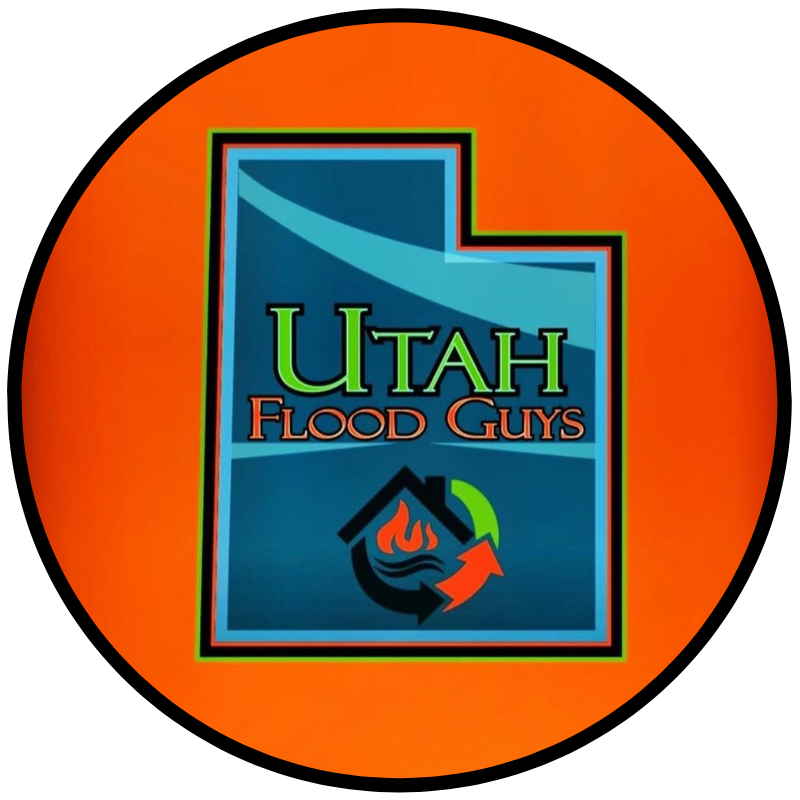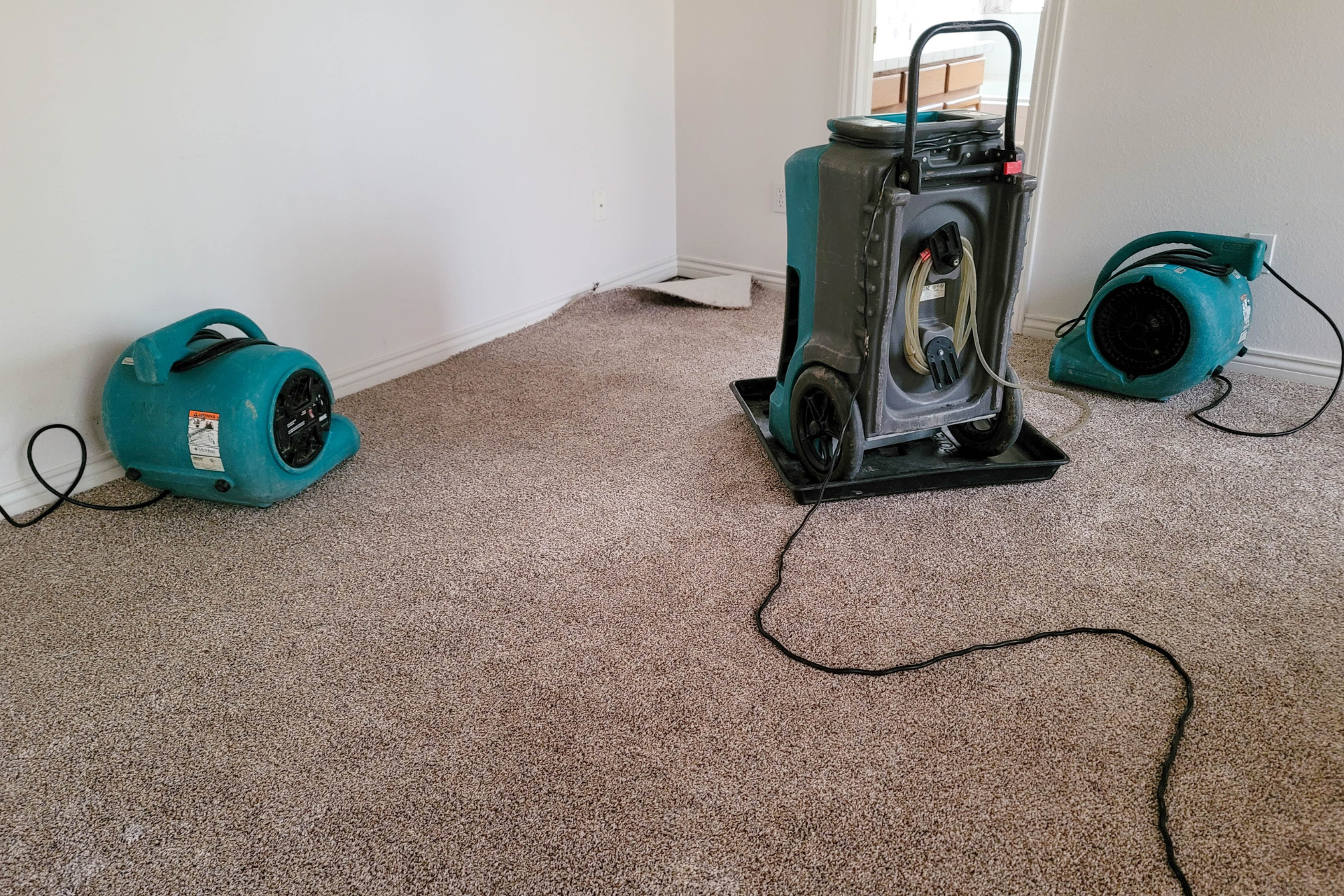Professional Utah Flood Restoration: Comprehensive Water Damage Recovery & Mold Prevention
Nobody expects to wake up to ankle-deep water in their basement or watch helplessly as spring snowmelt turns their home into an unplanned water feature. Here in Utah, we face unique challenges from notorious spring runoff, surprise flash floods, and pipes that burst when temperatures drop below freezing. The good news is that proven methods exist to address these problems effectively.
Utah flood restoration isn't just about Shop-Vacs and fans. It's a science-backed process that, when done correctly, can have your home looking like nothing ever happened–often in even better condition than before. Understanding what professional restoration entails helps you make informed decisions during a stressful time.
Complete Utah Flood Restoration Process: Step-by-Step
The process of Utah flood restoration follows a methodical approach that makes sense once you understand how each phase builds on the previous one.
Initial Emergency Response starts when you call for help. Within 2-4 hours, a professional crew should arrive to assess safety by checking for electrical hazards, structural damage, and contamination levels. This assessment determines the entire scope of work and helps classify the water damage category.
Water Extraction Methods are where serious equipment makes the difference in flood damage repair. Truck-mounted extraction units can pull 300 gallons per minute–emptying an average hot tub in about 90 seconds. The goal isn't just removing visible water; it's getting moisture levels low enough that secondary damage like warping and microbial growth can't take hold.
Structural Drying Techniques separate professionals from weekend warriors. Strategic drying requires understanding psychrometrics–the relationship between temperature, humidity, and evaporation rates. Professional water damage restoration teams use this knowledge to position commercial dehumidifiers and air movers in configurations that maximize airflow while controlling the environment to promote rapid, safe drying.
Damage Assessment & Documentation happens throughout the process. Every water-damaged item gets photographed, categorized, and logged with detailed descriptions. Insurance companies want specific moisture readings, thermal imaging shots showing water migration patterns, and detailed inventories. Extensive documentation expedites claims processing.
Restoration vs. Replacement Decisions often surprise homeowners. That warped hardwood floor might be salvageable with proper drying and refinishing, potentially saving thousands. But particle board cabinets that absorbed water rarely recover their structural integrity. Professional guidance helps you make cost-effective decisions based on both immediate expenses and long-term value.
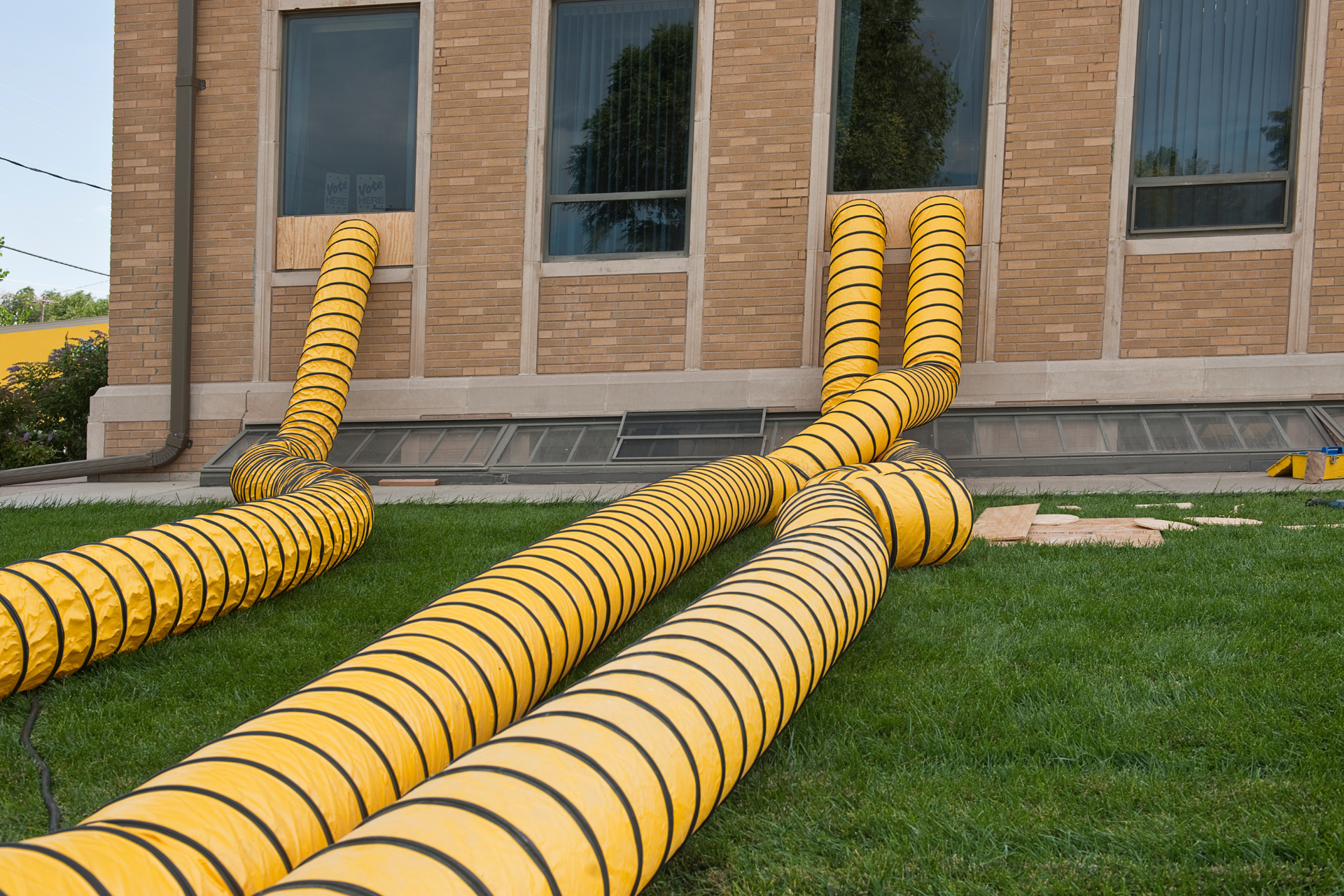
Utah Flood and Fire Damage: Dual Disaster Recovery
A common scenario: a kitchen fire triggers sprinklers or requires fire department hoses, and suddenly you're dealing with both fire and water damage. Addressing Utah flood and fire damage requires a different approach than handling either problem alone.
Water from firefighting creates unique challenges. It often drives soot and smoke residues deeper into materials like drywall and carpet, turning surface-level smoke damage into embedded contamination. Plus, firefighting water picks up ash, chemicals from burned materials, and other contaminants, sometimes resulting in Category 2 or 3 contamination requiring special handling.
The restoration timeline shifts dramatically with Utah flood and fire restoration. While standard water damage follows a 24-48 hour window, fire damage adds complexity. Soot is acidic and continues damaging surfaces even after flames are out. These corrosive residues must be neutralized before fully addressing water damage, or stains and odors can be set permanently. It's solving two puzzles simultaneously, where each move affects both problems.
Black Mold vs Other Mold: Post-Flood Health Risks
The internet has everyone terrified of "toxic black mold," but the reality is both less dramatic and more nuanced than scary headlines suggest.
Mold Growth Timeline is predictable. Given moisture, organic material, and temperatures between 40-100°F, mold spores germinate within 24-48 hours. By day three, fuzzy growth appears. By week one, mature colonies produce new spores. This is why mold remediation needs to begin quickly.
Identifying Black Mold in the black mold vs other mold debate isn't straightforward. Stachybotrys chartarum (the infamous "black mold") appears greenish-black with a slimy texture when wet. But many common molds appear black–Aspergillus niger, some Cladosporium species, even harmless varieties. Professional testing and laboratory analysis is the only way to identify specific species.
Other Common Post-Flood Molds deserve equal attention during mold remediation. Aspergillus species are ubiquitous in Utah, growing rapidly on wet drywall and appearing green or yellow while triggering respiratory issues. Penicillium loves water-damaged carpets, creating that distinctive musty smell. Cladosporium grows even in cool conditions, making it a year-round basement threat. Each requires different treatment approaches for effective mold remediation.
Health Impact Comparison shows that while Stachybotrys gets headlines, all molds cause problems. When considering black mold vs other mold dangers, remember that black mold produces mycotoxins causing neurological symptoms in extreme exposures, but Aspergillus triggers severe allergic reactions and lung infections in immunocompromised individuals. No mold belongs in living spaces, regardless of color or species.
Professional Testing is required when you can't identify the source, health symptoms persist, or insurance claims need documentation. Air quality testing catches invisible spores, while surface sampling identifies specific species.
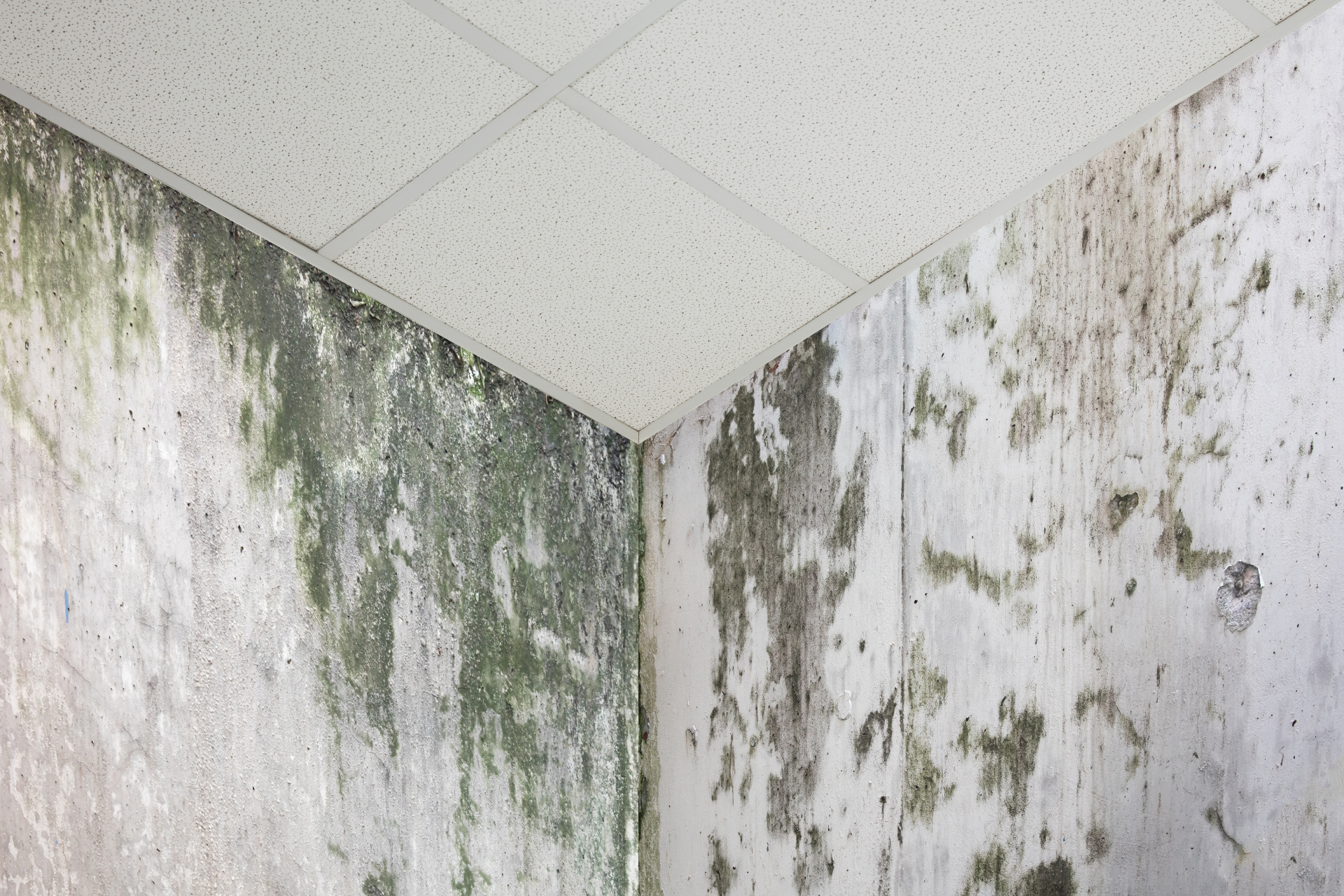
Advanced Water Damage Restoration Technologies
Today's water damage restoration technology takes the guesswork out of flood damage repair and provides verifiable results.
Thermal imaging cameras revolutionized moisture detection. Water shows up as cool spots on thermal readings, revealing moisture behind walls, under flooring, and in ceilings without demolition. This non-invasive method is particularly valuable in Utah homes with finished basements. Without thermal imaging, hidden moisture feeds mold growth for months while compromising structural integrity.
Moisture mapping creates a digital blueprint documenting conditions at the start and tracking improvement throughout restoration. Insurance companies appreciate this documentation as concrete proof that work was completed to industry standards, expediting claims processing.
Antimicrobial treatments have evolved beyond simple sprays. Modern applications include immediate sanitizers that kill active growth and growth regulators preventing mold establishment even if minor moisture returns. These treatments provide insurance against future problems, especially in areas prone to seasonal moisture like basement walls or crawl spaces.
Insurance Claims and Flood Damage Repair
Understanding the claims process can save thousands of dollars and prevent significant headaches during flood damage repair.
Document everything before touching anything beyond safety necessities. Photos, videos, voice memos–create a comprehensive record. Your adjuster arrives days or weeks later, but restoration must start immediately to prevent mold. Documentation bridges this critical gap.
Here's a surprise for many Utah homeowners: standard policies cover water damage from internal sources (burst pipes, appliance failures) but exclude external flooding. That requires separate flood insurance through FEMA's National Flood Insurance Program. Know your coverage before you need it.
Working with adjusters goes smoother when you speak their language. Provide "moisture mapping documentation" and "psychrometric readings" rather than general descriptions. Industry-standard terminology and documentation formats help claims move faster.
Maximizing your claim means capturing all legitimate damage, including hidden issues. This includes insulation in walls that wicked up moisture, HVAC systems that circulated contaminated air, and stored contents. Don't forget decreased home value during restoration or additional living expenses for temporary housing.
Preventing Future Flood Damage in Utah Homes
After one flood, prevention becomes a priority. A little preparation beats extensive restoration work.
Utah's weather patterns create predictable risks. Spring snowmelt (March-May) causes water table rises and basement seepage. Summer monsoons (July-September) bring flash flooding. Winter freezes (December-February) burst pipes. Each requires different prevention strategies, but all are manageable with planning.
Sump pumps are your basement's first defense, but only with proper maintenance. Test monthly by pouring water into the pit until it triggers. Battery backup systems keep pumps running during power outages. Water-powered backups use water pressure to operate indefinitely without electricity.
Proper grading and drainage are fundamental. Yards should slope away from foundations at 6 inches over 10 feet. Clean gutters twice yearly, and discharge downspouts at least 6 feet from foundations. French drains or dry wells handle persistent drainage issues.
Smart water detection systems are now affordable. Basic sensors cost under $20 and alarm when wet. Smart sensors send phone alerts and trigger automatic shutoffs. Whole-home systems detect abnormal flow patterns and prevent catastrophic leaks for less than the cost of a nice TV.
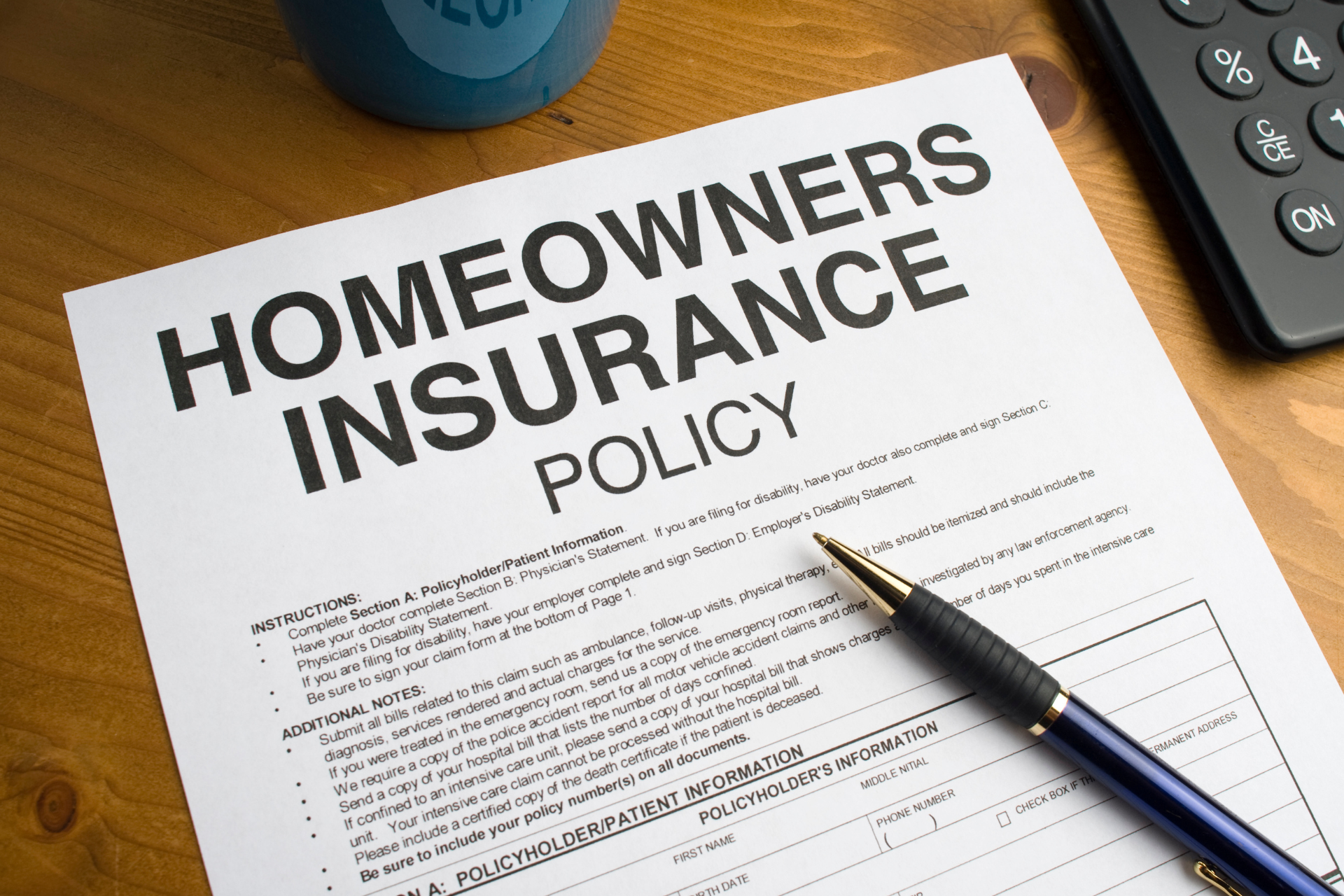
This is paragraph text. Click it or hit the Manage Text button to change the font, color, size, format, and more. To set up site-wide paragraph and title styles, go to Site Theme.
